Facts about China
The People's Republic of China, abbreviated as China, is situated in the east of Asia faces the Pacific Ocean in the sea, and borders with 14 countries, including North Korea, Russia, Mongolia Kazakhstan, Kyrghyzstan, Kajikistan, Pakistan, Afghanistan, India, Nepal, Bhutan, Vietnam, Laos, and Burma.
China has a land area of about 9, 634,057 square kilometers, with a land coastline of 18,000 kilometers, and has thousands of islands including the South China Sea Islands. It is the third largest country in term of land area. Its northernmost part is located on the central line of the main course of the Heilong River and north of the Mohe River in Heilongjiang Province; its southernmost tip is Zengmu Reef of the Nansha Islands of the South China Sea. The two sites are 5,500 km apart. Its easternmost part is at the confluence of the Heilong and Wusuli rivers; its westernmost tip is on the Pamirs in the Xinjiang Uygur Autonomous Region. The span of the east and the west is 5,000 km (about 62 Latitudinal degrees). Taiwai island is the largest island, and Yangtze River is the longest river, and the Yellow River is the second longest river and also the mother river.
The highlands and hill regions account for 65 percent of the country's total landmass, and there are more than 2,000 lakes dotting the landscape. The highest mountain peak is Qomolangma (Mt. Everest) in Tibet, the highest in the world, 8,848 meters above sea level.
Its sea and land location is beneficial to China's economy, trading with neighboring countries though land routes, and with other countries with marine routes. In the ancient China, there are two famous trading roads, the Silk Road and Maritime Silk Road. In recent years, these two roads are restarted and China has made bountiful investment agreements with related countries which are beneficial to all parties. It is firmly believed that this restart will make great contributions to China's trading with countries along the trading roads and to world economy.
In such a large territory, there are several kinds of climate, temperate continental climate, temperate monsoon and subtropical monsoon. Influenced by those climates, China, generally , is hot in summer and cold in winter, but specific temperature may be different in different regions. Spring and summer are rainy season, giving plenty of rainfall, which is an important source for China's freshwater resources.
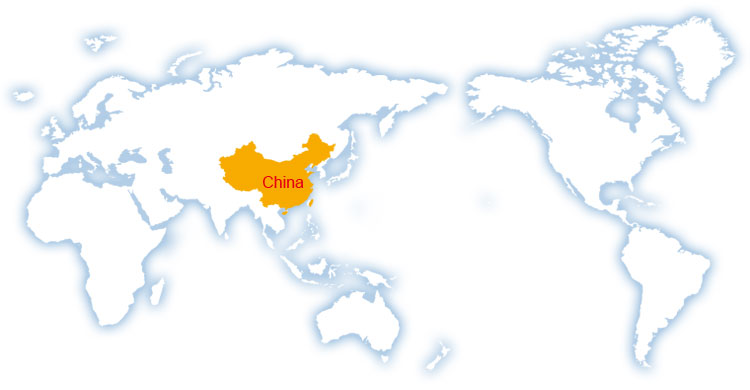
Full name: the People's Republic of China
Capital city: Beijing
National flag: Five-star red flag, with a length and width proportion of 3:2
National anthem: March of the Volunteers , composed by Tian Han
National day: October 1st . The People's Republic of China was founded on September 21, 1949, with a celebration on October 1st, 1949, thus October 1st becomes the national day, and the seven-day national holiday starts from October 1st .
Population: 1.4 billions (2020). China has a permanent population of 1.39 billions in mainland, and has a urbanization rate of 58.52% in 2017. The population of old people at the age of 60 or above amounts to 0.24 billions, accounting for 17.3% of the total population, and population aging is a fact in China.
Calling code: 0086
Top legislature: National People's Congress (NPC)
Location: In East Asia, by the western Pacific Ocean
Territory area: 9.6 million square km, third only to Russia and Canada.
Ethnic group: 56 ethnic groups. The major groups are like Han nationality, Zhuang nationality, which have a big population, while some ethnic groups have a small population.
Main religions: Buddhism, Taoism, Confucianism and Islam. Buddhism, Taoism and Confucianism are three local religions with thousands of years. Confucianism is the philosophy and wisdom, and originated from the teaching of Confucius, a great philosopher and educator in China. The essence of Confucianism has influenced Chinese for a long time and it is one of the most popular religions. Taoism is one of oldest religions, and it values harmony, the harmony between human and nature.
Symbol: Great Wall, Forbidden City (Imperial Palace), dragon, phoenix and panda
Economic center: Shanghai
Currency: Renmibin (RMB) or Chinese Yuan (CNY)
Languages
Chinese (Putonghua or Mandarin) is the official language of China, and it is also the most used language in the world. Chinese is based on northern dialects, and close to Beijing dialect, and it is the official language used in schools, and every Chinese learns it. In daily conversation, people may use dialects or Chinese, but in written course, only Putonghua is used.
In China, there are lots of dialects, and over eighty dialects can’t communicate with each other. Among decades of ethnic groups in China, most ethnic groups have their own dialects. Dialects usually have regional limits. Because of historical and geographical reasons, there are many dialects in the Chinese language, such at Wu, Guangdong and Fujian dialects.
Written Characters
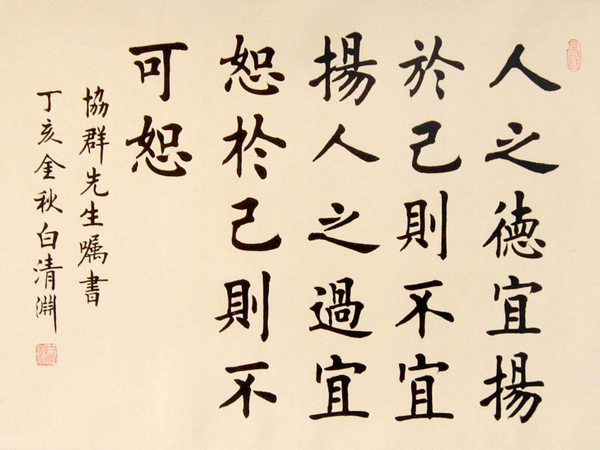
The official written characters is Chinese (simple). In regions like Taiwan, Macau and Hongkong, people use traditional Chinese. Chinese and its written characters are in common use in China and also one of the five working languages designated by the United Nations.
The government has defined that the common speech of the Han nationality is used as the common language. Chinese characters are used to record the Chinese language. Since the discovery of inscriptions on bones or tortoise shells of the Shang Dynasty (16th-11th century B.C.), the Chinese language has a history of about 6,000 years.
China has many languages and dialects, and most of the 55 ethnic groups in China have their own languages, about 30 of them have their own written languages, but some dialects are only the spoken ones with no written characters. Some languages with written characters from minority nationalities are languages of the Zhuang, Man and Zang. Minority nationalities in China have the freedom to use and develop their own languages and written characters.
Time Zone
The official time zone of China is UTC+8. The land area of China is 6-degree Longitude from west to east. According to the demarcation of the world time zoning standard, the land area of China lies between the eastern fifth to ninth time zones. Currently, all the places in China have adopted the time accounting by the eastern eighth time zone for the sake of convenience. That is the commonly-known "Beijing Time", and Beijing is in the eastern eighth time zone.
Chinese Traditional Festivals
China has quite a few major annual traditional festivals.
Spring Festival (Chinese Lunar New Year by Chinese lunar calendar): late January/mid-February. The spring festival is the most important festival with a special meaning of family reunion. With the coming of this festival, there are two large “Tide of Return” migrations in China, one is before the festival, and the other is after the festival. When the festival is on the corner, migrant workers return home to celebrate the holiday with their families.
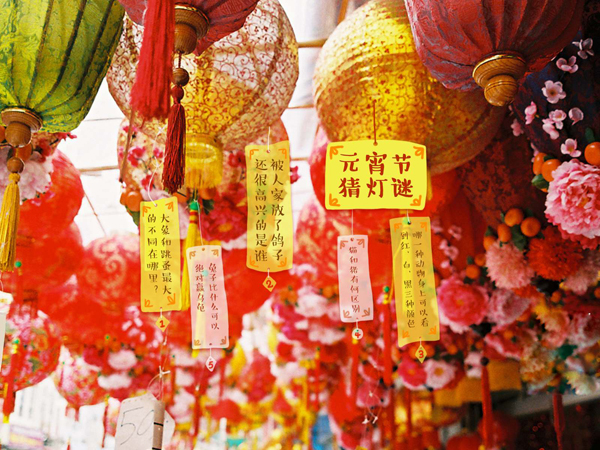
The Lantern Festival: the fifth day of the first month of Chinese lunar calendar, just after Chinese New Year
Tomb-sweeping Day (Qingming Festival): It usually occurs from April 4th to 6th, and has three-day off. This festival is for the living to give thanks and express their miss to the dead. During the festival, people would go to sweep the tombs of their ancestors and offer sacrifices.
Dragon Boat Festival: 5th day of the 5th lunar month. The festival is celebrated for people’s respects paid to Qu Yuan, a great poet and patriot.
The Mid-autumn Day (Moon Cake Festival): 15th day of the 8th lunar month, usually Sep. or Oct.
The Double Ninth Festival (Chongyang Festival): 9th day of the 9th lunar month, usually in October.
During festivals periods, hundreds of millions of migrant workers will return home and reunite with families, while millions of other Chinese would have a travel within the country. For this, every means of transportation would be quite crowded. Tickets of bus, train and flight should be booked ahead of time. If you plan to have a trip in China on festival days, it may be necessary to book tour service or hotel well in advance.
Administrative Divisions
The current administrative divisions of China are province, county (city) and township
The country is divided into provinces, autonomous regions and municipalities directly under the central government, and special administrative regions. Provinces and autonomous regions are divided into autonomous prefectures, counties, autonomous counties, and cities. Counties and autonomous counties are divided into townships, ethnic townships and towns. Autonomous regions, autonomous prefectures and autonomous counties are autonomous places of various ethnic groups. At present, China is divided into 23 provinces, five autonomous regions - each with a designated minority group, four municipalities directly under the central government and two special administrative regions (SARs), which enjoy a degree of political autonomy. Geographically, all 31 provincial divisions can be generally grouped into seven regions, including North China, East China, Northeast China, South China, Central China, Northwest China and Southwest China.
Twenty-three provinces: Hebei, Shanxi, Liaoning, Jilin, Heilongjiang, Shaanxi, Gansu, Qinghai, Shandong, Jiangsu, Zhejiang, Anhui, Jiangxi, Fujian, Taiwan, Henan, Hubei, Hunan, Guangdong, Sichuan, Guizhou, Yunnan, Hainan
Five autonomous regions: Inner Mongolia, Ningxia, Xinjiang, Guangxi and Tibet.
Four municipalities: Beijing, Shanghai, Tianjin and Chongqing.
Two special administrative regions: Hongkong and Macao.
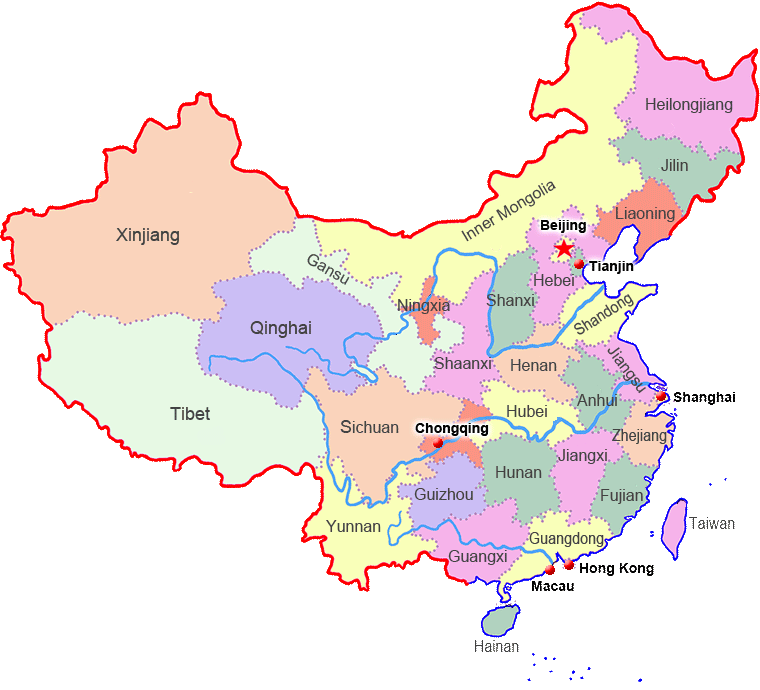
These 31 provincial-level divisions can be collectively referred to as "mainland China", a term which usually excludes two SARs of Hong Kong and Macau.
Resources
China boasts the most wildlife in the world and most of them are native to China and unique to the world, such as giant panda, snub-nosed golden monkey and Chinese alligator; China's dawn redwood and cathaya argyrophylla are known as the living fossils of ancient plants.
Panda is one of the most precious animals, and it is regarded as national treasure in China. Sichuan is the living place for panda, and it has a research base for giant panda breeding. If you want to see panda, you may go to this research base, and you can see those cute pandas.
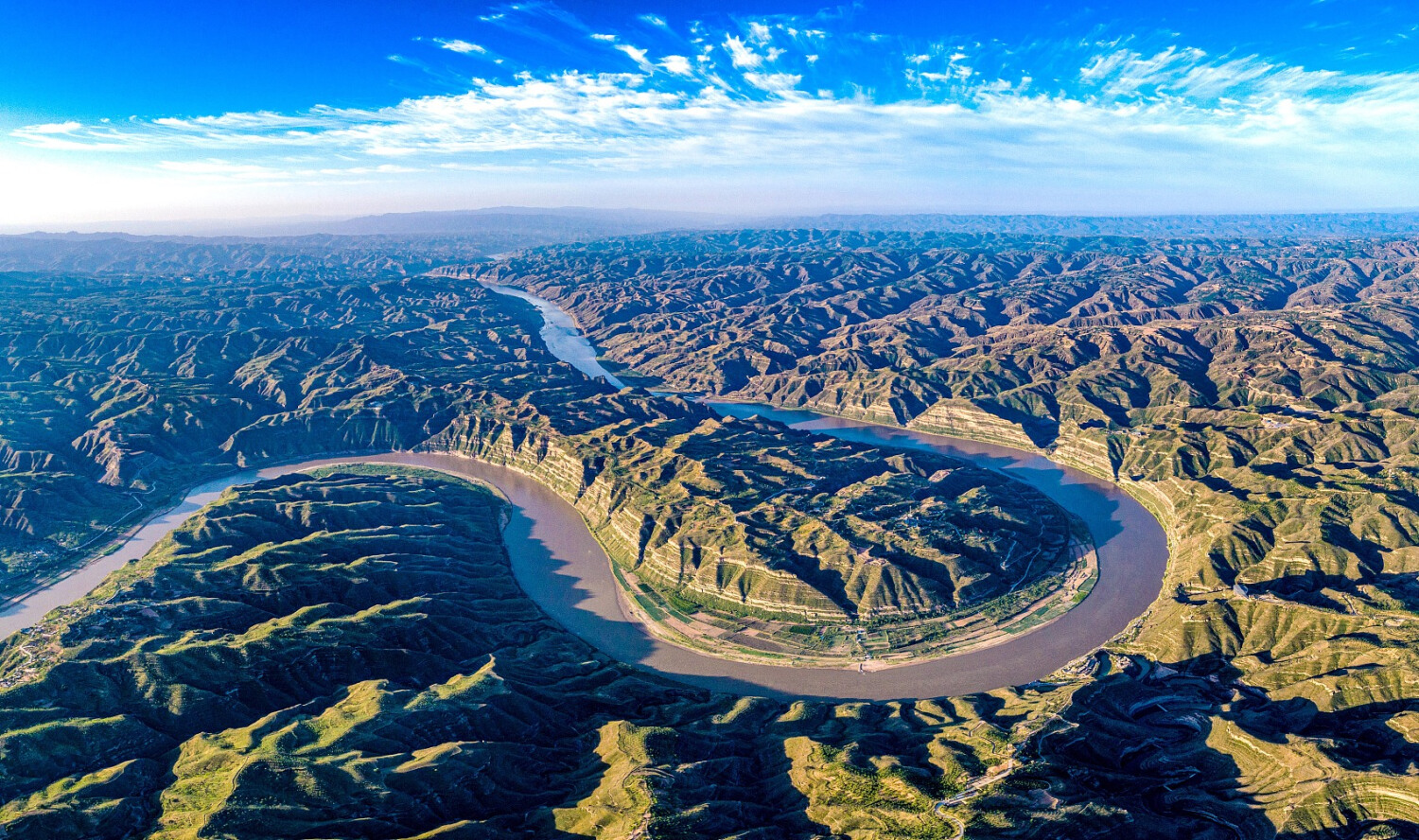
Wild animals: China has a great variety of wildlife, over 4,400 vertebrates, more than 100 rare species of the world: the giant panda, the golden monkey, the white-lipped deer, the South China Tiger, Crossoplilon mantchuricum, the white-flag dolphin, the Chinese alligator, and the crowned crane.
In Qinghai Lake, there are lots of wild birds, and during the period of bird migration, a spectacular scene is formed by thousands of birds and the lake, which attracts quite a few tourist to watch. There are two periods of bird migration, May to April and October.
Plants: China has a great variety of plants, 32,000 species of higher plants, including nearly all the major kinds of vegetation found in the frigid and temperate zones of the northern hemisphere.
Popular flowers: Peony, azalea, primrose and felwort. Flowers like orchid, chrysanthemum and lotus are loved by Chinese since the ancient time, because of their characters, and they are highly praised by poets and writers.
The 10 Most Popular Tourist Destinations in China
At a time of economic recession, we fully appreciate that you are mindful of the costs associated with your vacation this year, and we are confident that you would not wish to waste your precious vacation time on a marginal destination. We have therefore selected for your consideration some of China's most popular destinations as follows.
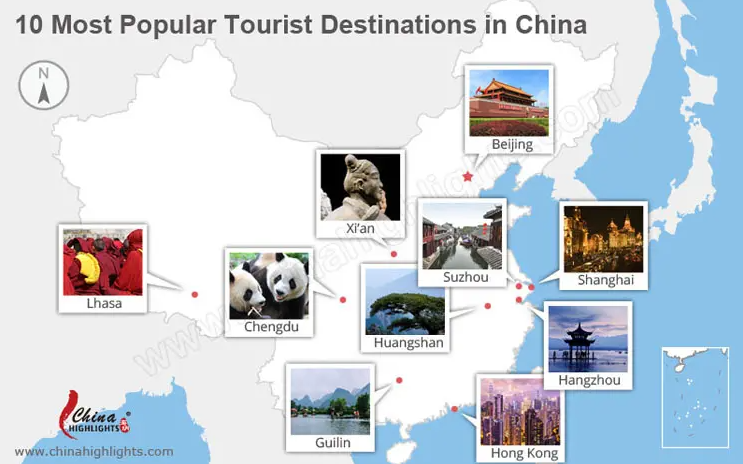
1.Beijing — Ancient and Modern Capital

Beijing, China's capital city for over 700 years, is rich in history, both ancient and modern. There are many palace complexes in Beijing, as well as super-modern buildings.
Most recommended attractions: the Great Wall of China, the Forbidden City, the Temple of Heaven, the Bird's Nest
Unique experience: hike on the Great Wall, discover the hutongs by rickshaw, enjoy a tasty Peking roast duck, watch the Beijing opera and a kung fu show, Beijing 2022 Winter Olympics
2.Chengdu — Hometown of Giant Pandas
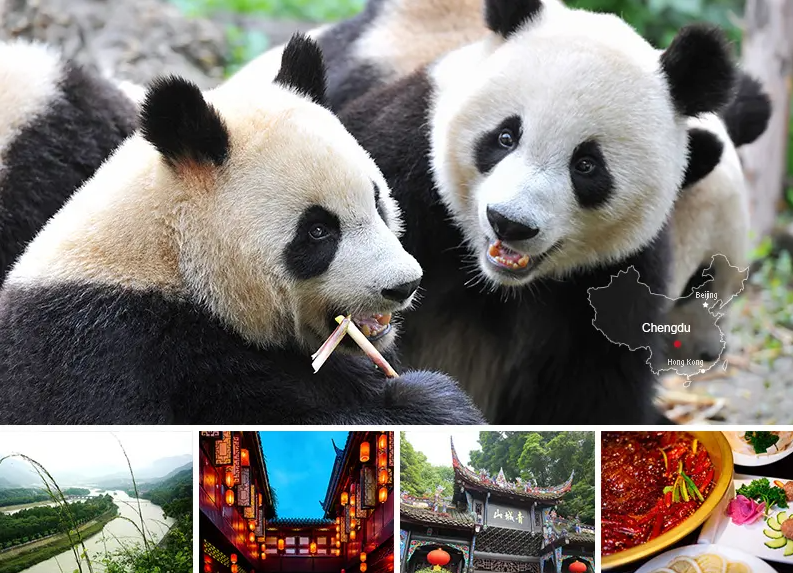
Chengdu is the hometown of Giant Pandas. Although there are giant pandas in zoos in various places around China, the best place to see pandas is in Chengdu.
Most recommended attractions: Dujiangyan Irrigation System, Chengdu Giant Panda Breeding and Research Center, Leshan Giant Buddha, Jinli Old Street and Bipenggou Valley
Unique experience: take care of pandas and see panda babies, try spicy Sichuan hot pot, enjoy magical face changing, visit the Leshan Giant Buddha, take an onward tour to Jiuzhai Valley
3.Guilin — China's Top Karst Landscape

Guilin, with its marvelous limestone scenery, is renowned as one of the most beautiful places on earth. During his visit, former US President Nixon was inspired by Guilin's picturesque natural scenery and remarked: "I have visited more than eighty countries and over a hundred cities. I have found that no city can surpass the beauty of Guilin."
Most recommended attractions: the Li River, Yangshuo, Longji Terraced Fields, the Two Rivers and the Four Lakes
Unique experience: relaxing Li River cruise, challenging yourself to an SUP (stand-up paddleboard, i.e. a mini raft), riding an all-terrain vehicle, cycling in rural countryside, ethnic rice terraces, bamboo rafting, taste some Guilin rice noodles
4.Xi'an-a Window on China's Ancient Civilization
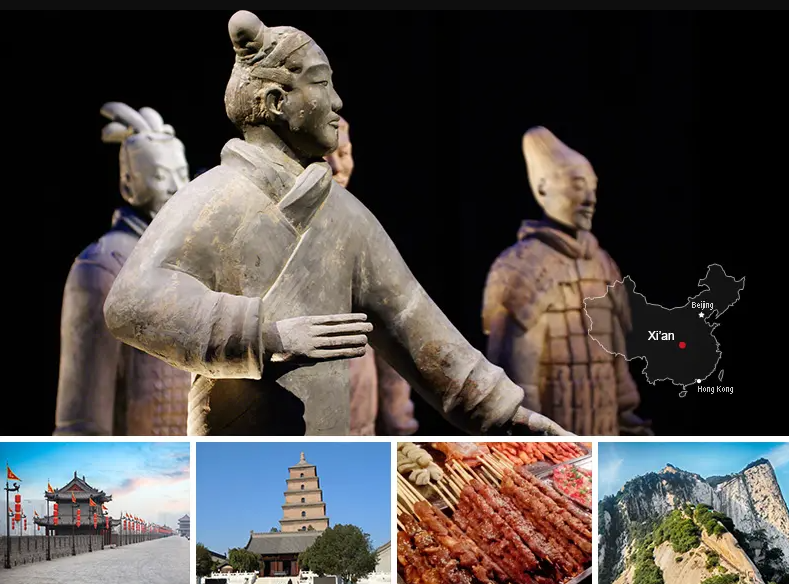
As the second most famous of China's ancient national capitals (after Beijing), Xi'an was the first capital of a united China in 221 BC (the Qin Dynasty). Thus Xi'an is blessed with a great number of precious relics and historical sites.
Most recommended attractions: the Terracotta Army, Ancient City Wall, Big Wild Goose Pagoda, Great Mosque
Unique experience: visit the Terracotta Army and make your own warriors, cycle on the Ancient City Wall, try snacks in Muslim Quarter
5. Lhasa — Gateway to Transcendent Tibet

Lhasa, capital of Tibet, is the center of Tibetan cultural and religious life. Most tourists enter Tibet via Lhasa. Outside the city is Tibet's wealth of natural wonders and holy sites, from Lake Namtso to Mt. Everest, to Mount Kailash.
Most recommended attractions: Potala Palace, Jokhang Temple, Mount Everest, Barkhor Street, Sera Monastery, Yamdrok Lake
Unique experience: explore the highest palace, see pilgrims, camp at Mount Everest's base, watch monks debate, visit picturesque holy lakes, trekking and camping
6. Shanghai — China's Prosperous Largest City
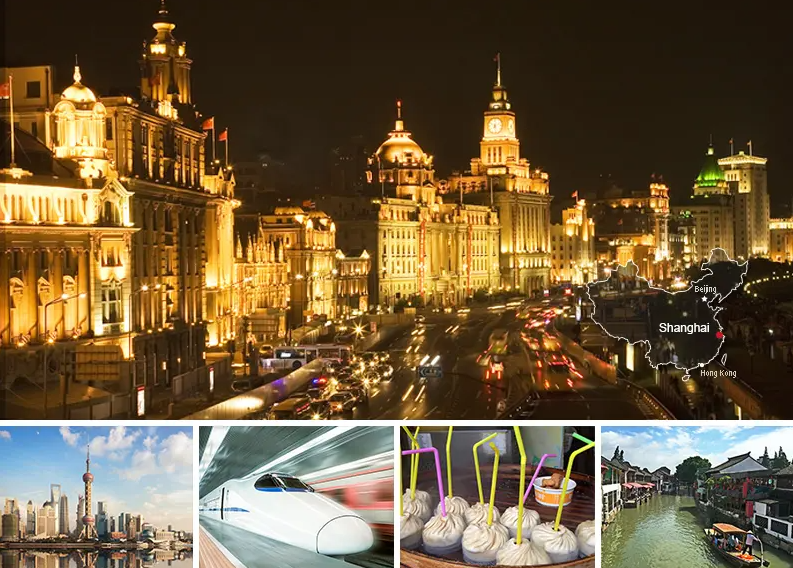
Shanghai, China's biggest city, oozes an atmosphere of vitality which can rival New York and Paris in terms of modernity. As one of the world's leading economic and business cities, Shanghai's modernity is evidenced by the ambitious skyline.
Most recommended attractions: the Bund, Yu Garden, Zhujiajiao Water Town, Disneyland Park, Shanghai World Financial Center
Unique experience: experience the world's fastest train, enjoy some leisure time in Chinese gardens and water towns, visit Disneyland, have a bird's-eye view of the financial center
7. Hangzhou — Next Best Place to Heaven
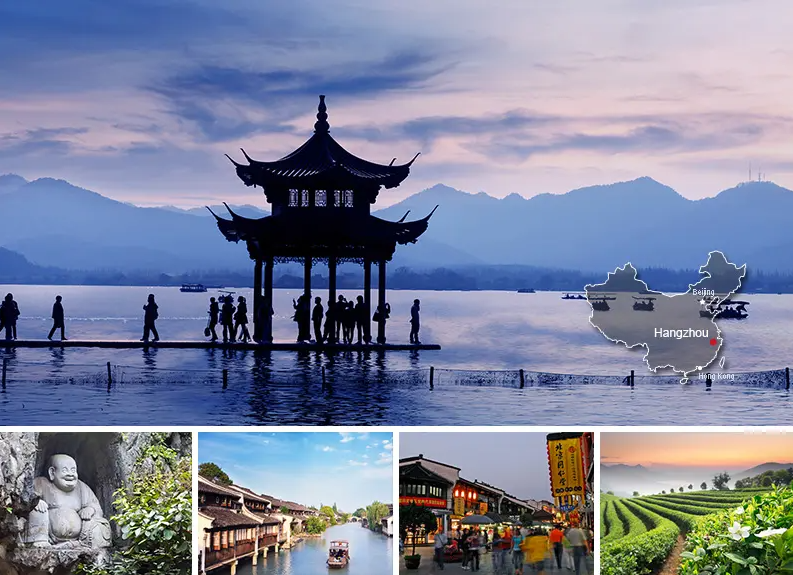
When Marco Polo came to Hangzhou in the 13th century, he declared it "the most beautiful and elegant city in the world". There is a popular Chinese saying: "Above there is heaven, below there are Hangzhou and Suzhou."
Most recommended attractions: West Lake, Lingyin Temple, National Tea Museum, Wuzhen Water Town
Unique experience: cycle around West Lake, enjoy a spectacular live performance on the lake, relax in the water towns, experience the Chinese tea culture
8. Huangshan — Majestic Beauty
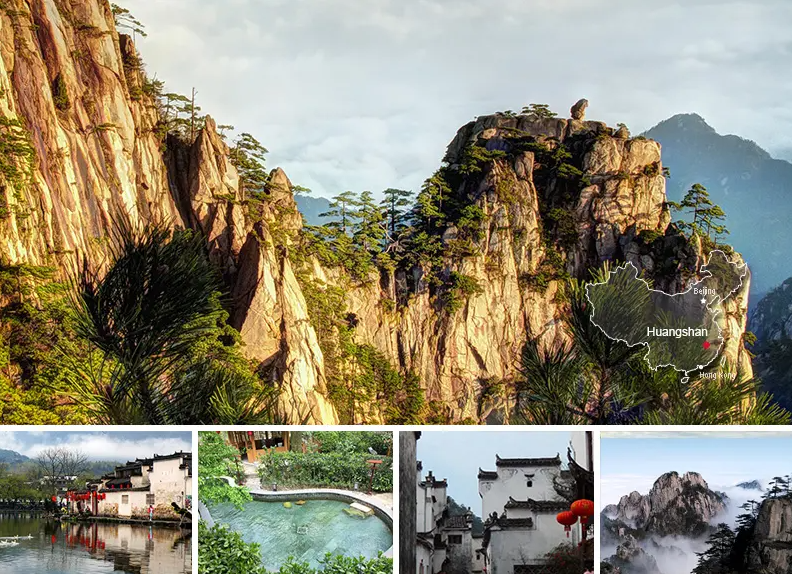
Huangshan is steeped in picturesque natural landscapes and history. Marvel at the peculiarly-shaped rocks and pines on the Yellow Mountains, appreciate the ancient-styled dwellings in Xidi and Hongcun villages.
Most recommended attractions: the Yellow Mountains, Xidi Village, Hongcun Village
Unique experience: spectacular mountain views, sea of clouds, photography tour, enjoy a hot spring, visit ancient villages
9. Suzhou — Elegant Water Towns and Gardens

Suzhou is famous for the water towns around it and its traditional Chinese gardens. The gardens harmoniously mix man-made landscapes with natural scenery: architecture, painting, calligraphy, and horticulture are combined, and enclosed like pearls by walls. China's water towns hold the quintessential image of traditional Chinese villages.
Most recommended attractions: Humble Administrator's Garden, Lingering Garden, Tongli Ancient Town, the Grand Canal
Unique experience: visit classic gardens, relax in quiet water towns, enjoy boating on the Grand Canal
10. Hong Kong — Like Nowhere Else on Earth
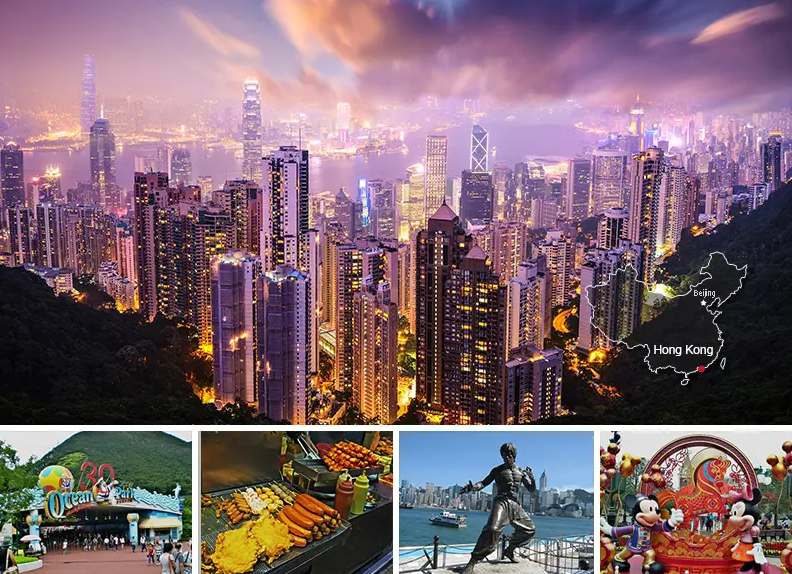
Hong Kong is a fusion of cultures. Remnants of its colonial past, British culture, share space with Chinese tradition. It is also a world-renowned shopping paradise, known for its tourist-friendly atmosphere and numerous options.
Most recommended attractions: Victoria Peak, Victoria Harbor, Disneyland
Unique experience: bird's-eye view from Victoria Peak, shopping at street markets, enjoy authentic dim sum, family time in Disneyland

 中文
中文 English
English Back
Back Business ID:16319330
Business ID:16319330 Tulika 31-217, Tallinn, Estonia
Tulika 31-217, Tallinn, Estonia +372 5883 9464
+372 5883 9464 majianming7176@sina.com
majianming7176@sina.com www.pandahappy.net
www.pandahappy.net
